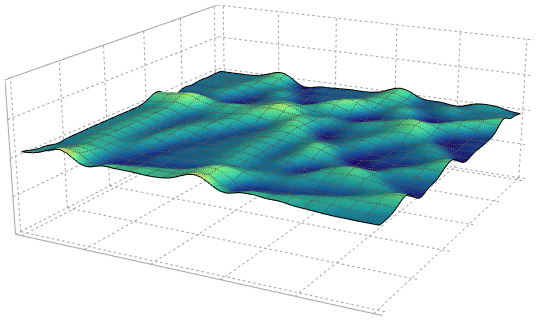

An equation which relates functions and its derivatives is known as a differential equation. The functions generally represent physical quantities, the derivatives represent their rates of change, and the differential equation defines a relationship between the two. Study of differential equations mainly consists of their solutions and of the properties of their solutions. Only the simplest differential equations are solvable by explicit formulas; however, many properties of solutions of a given differential equation may be determined without computing them exactly.
With the advent of calculus by Newton and Leibniz, Differential Equations came into existence. Newton listed a few differential equations in his work Methodus fluxionum et Serierum Infinitarum.
Jacob Bernoulli proposed the Bernoulli differential equation in 1695. This is an ordinary differential equation of the form
Examples–
1. In classical mechanics, dynamics like velocity, acceleration and various forces are defined by differential equations.
2. In some cases, this differential equation (called an equation of motion) may be solved explicitly.
Types of Differential Equations
Differential Equations can be classified mainly into two parts-
| Ordinary Differential Equations | Partial Differential Equations |
| If a Differential Equation contains only ordinary derivatives of one or more variables with respect to a single independent variable is called ODE. | If a Differential Equation contains partial derivatives of two or more independent variables is called PDE. |
Differential Equations are described by their order, which determined by the highest derivative term of the equation. Differential equations that describe natural phenomena almost always have only first and second order derivatives in them, but there are some exceptions, such as the thin film equation, which is a fourth order partial differential equation.
Examples–
- Heterogeneous first-order linear constant coefficient ordinary differential equation:

- Homogeneous second-order linear ordinary differential equation:

- Homogeneous second-order linear constant coefficient ordinary differential equation describing the harmonic oscillator:

- Heterogeneous first-order nonlinear ordinary differential equation:

- Second-order nonlinear (due to sine function) ordinary differential equation describing the motion of a pendulum of length L:





